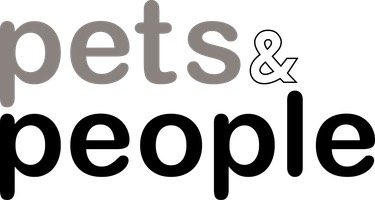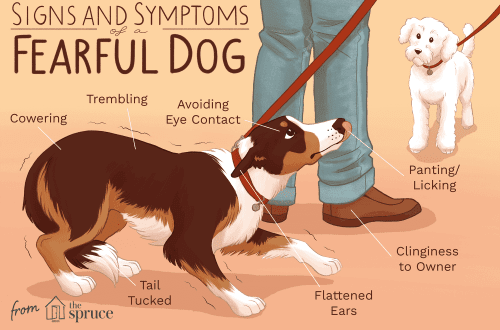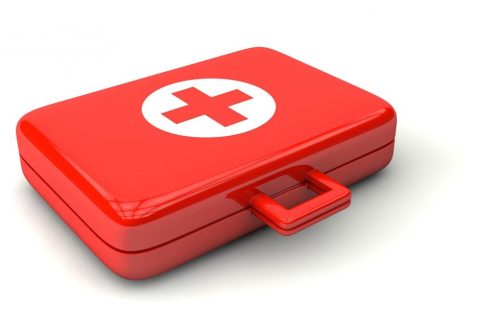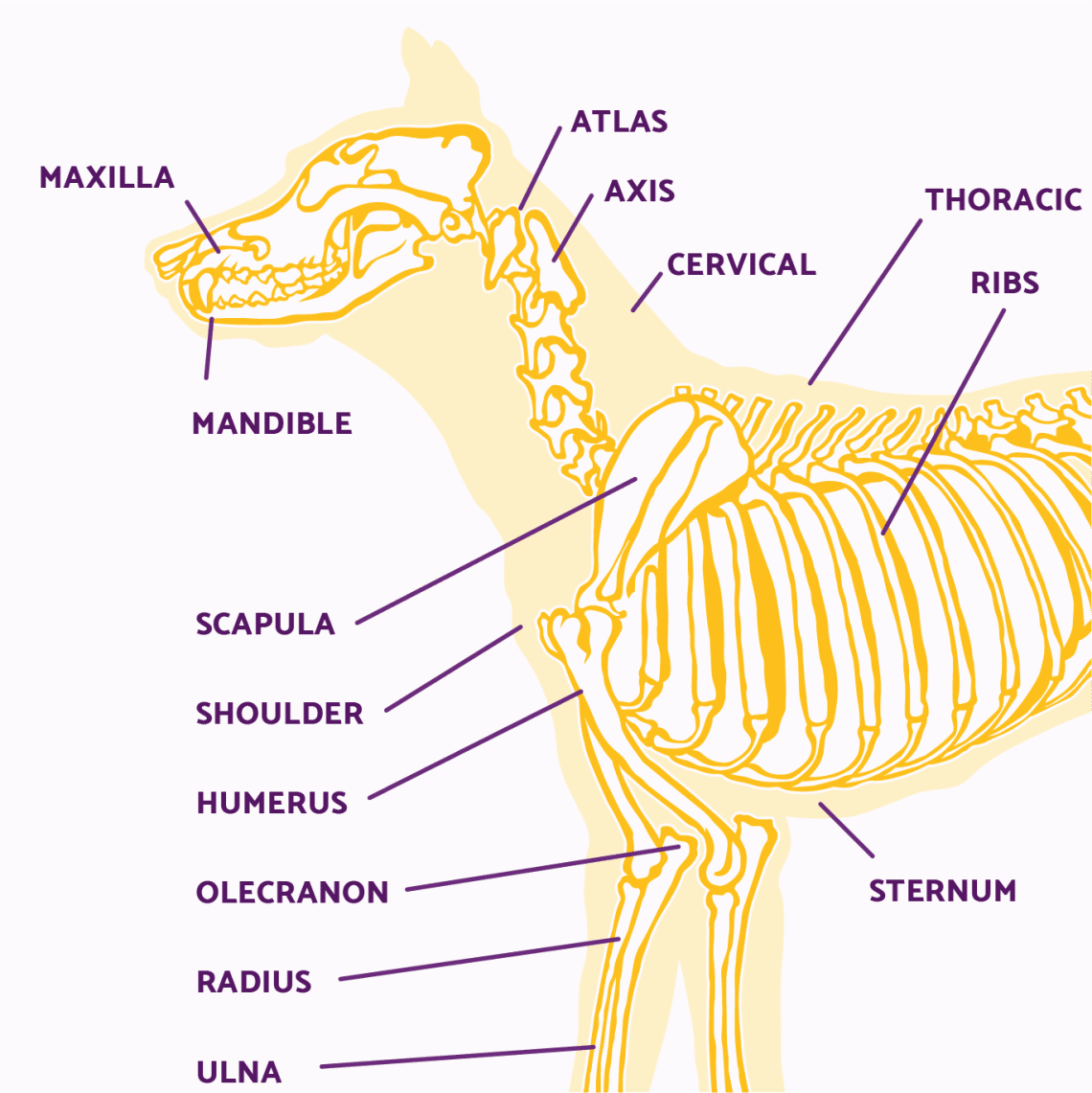
چگونه مفاصل و رباط های سگ خود را تقویت کنیم؟
Many dog owners worry about ligament weakness or joint instability in their pet. This is especially true for large dogs and giants, as well as athletic dogs, whose articular-ligamentous apparatus is subjected to heavy loads. How to strengthen the joints and ligaments of the dog?
فهرست
- How is the articular-ligamentous apparatus of a dog arranged?
- Why does joint mobility decrease in dogs?
- Why is there a risk of ligament injury in dogs?
- Factors causing problems with the articular-ligamentous apparatus
- Which dogs need to strengthen the articular-ligamentous apparatus?
- How to strengthen the articular-ligamentous apparatus of a dog?
- General recommendations for strengthening the joints and ligaments of the dog
- Types of loads to strengthen the joints and ligaments of the dog
- Principles of strength training to strengthen the joint-ligamentous apparatus of the dog
- Examples of exercises from static dynamics
- ایمنی ورزش
How is the articular-ligamentous apparatus of a dog arranged?
Joints vary in shape and structure. The shape and structure of the joint are related to the function performed, the features depend on the part of the body in which the joints are located. For example, when jumping, the push is performed by the hind legs, and the front legs take on the function of depreciation. Anatomical structure of the joint:
- articular surface.
- articular capsule.
- joint cavity.
By articular surfaces, their number, features, relationships, on:
- simple (shoulder, hip),
- complex (carpal, tarsal),
- combined (elbow),
- complex (temporomandibular, knee).
According to the articular surfaces and their shape, which determines the number of axes of rotation, on:
- uniaxial (ulnar, carpal, metacarpophalangeal, interphalangeal, tarsal),
- biaxial (knee),
- multiaxial (shoulder, hip).
Joint mobility depends on the sex and age of the dog. The greatest mobility in young females.
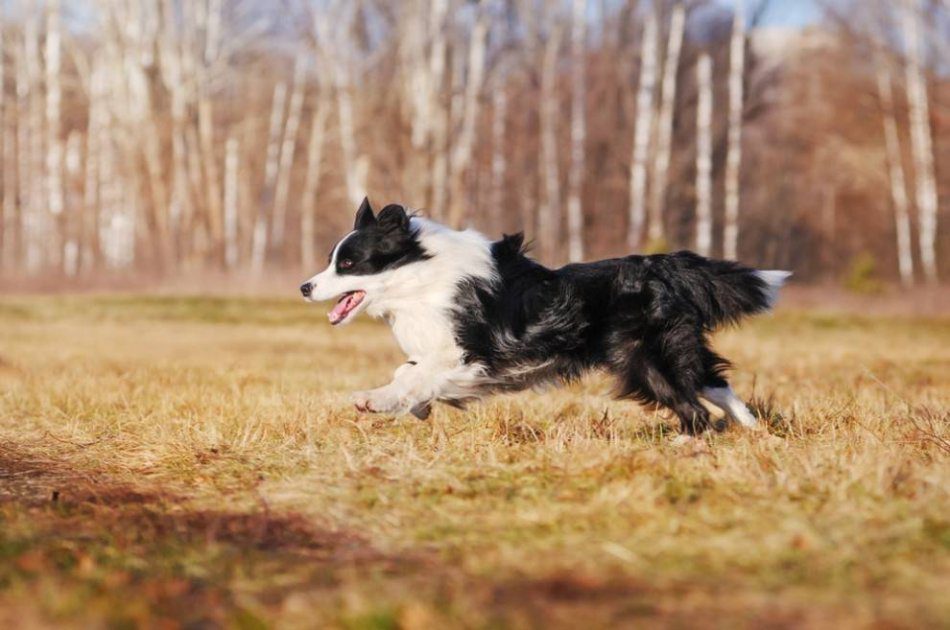



Ligaments are divided:
By function:
- راهنماها
- حفظ کردن.
By location:
- Extracapsular.
- Capsular.
- Intracapsular.
Ligaments are the stabilizers of joints. The “life” of the joints depends on their structure and structure.
Why does joint mobility decrease in dogs?
The reasons for the decrease in joint mobility can be different.
- Age changes. It is important to invest in maintaining the health of the dog from an early age, otherwise joint problems will develop with age.
- Joint wear. For example, dogs – professional athletes with an extremely active training regimen are at risk, as the musculoskeletal system may not have time to recover. Also at risk are small, but very active dogs, which even at home constantly rush from corner to corner.
- Insufficient muscle volume. You have to work on muscle mass. Sometimes the muscle volume is not sufficiently formed, and sometimes it is not distributed correctly.
- Acute injury. To begin with, the dog is given rehabilitation loads, and only then the mobility of the joint increases due to other, more serious loads.
- بیماری های خود ایمنی.
- اختلالات عصبی.
- عفونت های باکتریایی
- Soft tissue inflammation.
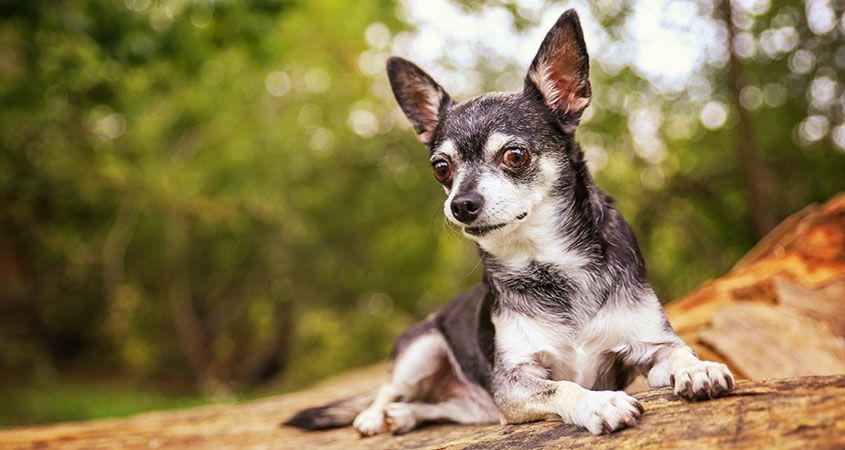



Why is there a risk of ligament injury in dogs?
This is due to 2 reasons:
- Hereditary weakness of the connective tissue. That is why it is unacceptable to start breeding dogs with the wrong set of limbs. Unfortunately, many breeders and nurseries do not take this into account.
- Unpreparedness of the musculoskeletal system for loads.
Is it possible to get problems with the joints due to the lack of proper extensibility, plasticity and elasticity of the ligaments? Yes! At the same time, the stability of the ligamentous apparatus guarantees the health of the joints.
Factors causing problems with the articular-ligamentous apparatus
- Excess weight. Unfortunately, many owners do not realize that their pet is overweight. If your dog’s ribs are difficult to feel, please bring your pet’s weight back to normal!
- فعالیت بیش از حد.
- Congenital abnormalities.
Which dogs need to strengthen the articular-ligamentous apparatus?
- Companion dogs.
- Show dogs.
- ورزشکاران
- Elderly dogs.
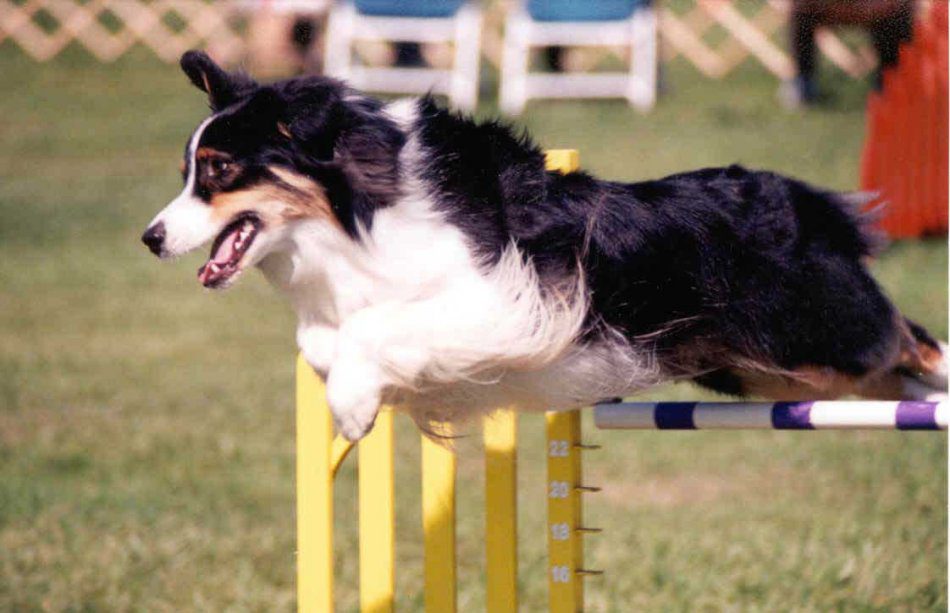



How to strengthen the articular-ligamentous apparatus of a dog?
- تنظیم رژیم غذایی سگ
- Taking specialized supplements.
- Physical exercises. There are general recommendations for strengthening the joints and ligaments of the dog, and there are point exercises.
General recommendations for strengthening the joints and ligaments of the dog
- Warm up before هر physical load. Better a good warm-up without a workout than a good workout without a warm-up.
- تغذیه مناسب.
- Physiotherapy procedures. For example, massage, swimming or articular gymnastics, etc.
- Mobile lifestyle. Walking your dog isn’t just about doing all the work. But even active free-range is not a load, and it is worth adding specialized exercises to strengthen the dog’s joint-ligamentous apparatus.
Types of loads to strengthen the joints and ligaments of the dog
- Aerobic exercise: swimming, various types of running, walking. They improve the blood supply to the joints and strengthen the ligaments (especially sprinting). But there is a safety precaution: aerobic exercise is given to the dog no more than 1 time in 2 days, it is undesirable to force the dog to run after the bike every day. The dog’s cardiovascular system recovers 48 hours after exercise. As for swimming, the duration of monotonous swimming should not exceed 10 minutes. For running, pick up shock-absorbing surfaces – and its duration should not exceed 15 minutes. You can’t run on asphalt! To determine if the aerobic exercise is sufficient and not excessive, you can measure the dog’s pulse. First, record what her pulse is at rest (when she woke up and looked a little like at home). After that, give her a load to really quicken her breathing. Immediately after the activity, measure and fix the pulse again. Then compare these two values, and if the latter does not exceed the first by more than 30%, then everything is fine with the dog’s heart. If the difference is more than 30%, it is better to do an ultrasound of the heart just in case. Walking should be monotonous, at the same pace, on a short leash, for at least 1 hour – otherwise it will not be an aerobic exercise.
- Stretching – increases the range of motion, reduces pain. There are two types of stretching: active and passive. Remember that when stretching the shoulder, the paw cannot be brought out to the side and strongly up, it is necessary that the dog’s fingers look towards the nose – that is, the paw is brought out slightly to the center. No need to hurt the dog on the stretch, stop at the moment when you feel resistance, fix in this position for a few seconds and release the paw. Stretching comes after warming up, so as not to harm the dog. If the warm-up is done before the activity, then the stretch is after the activity and can be a hitch.
- Strength training – strengthens ligaments and tendons.
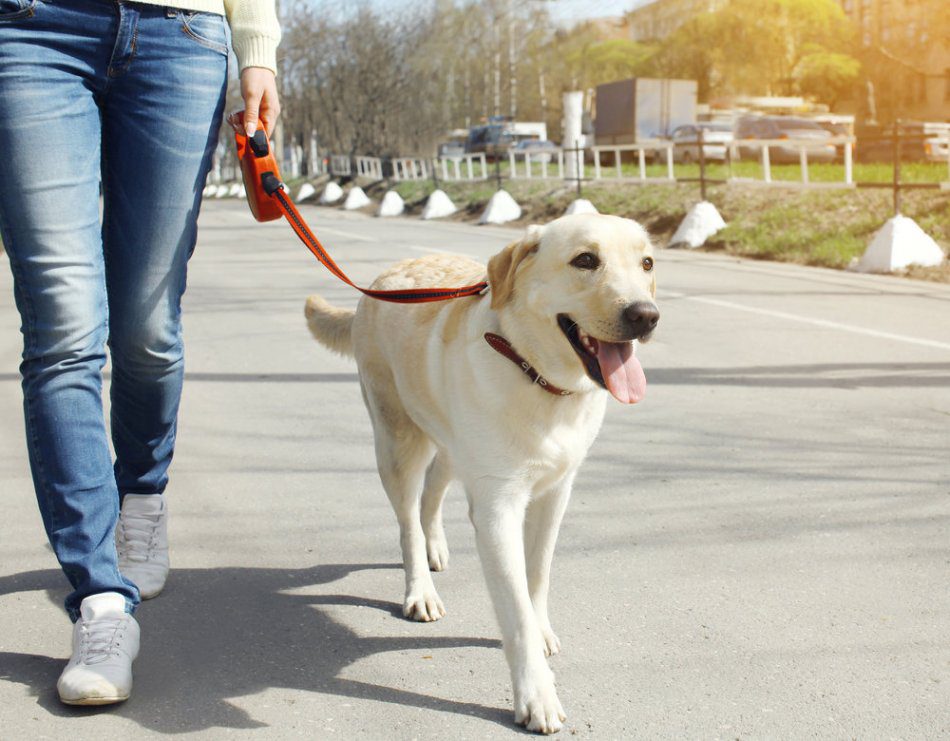



Principles of strength training to strengthen the joint-ligamentous apparatus of the dog
- Static tension – prolonged muscle tension in the absence of movement. For example, this is standing on unstable surfaces.
- Static dynamics – muscle tension in the motor amplitude. There is a special device, such as an expander tape, and by correctly imposing it on one or another limb of the dog, you can ensure good muscle tension. The expander tape should only be used in a mirror position (the same on the left and right sides). One end of the tape is tied to the middle of the dog’s metatarsus, the other end to the central ring of the harness at the withers of the dog.
It is important to remember the following:
- Exercises are performed with a break of 1 day.
- Technique is key.
- Exercises must be directed.
Examples of exercises from static dynamics
Strengthening the dog’s hind limbs
- Vertical squat. Elevation under the forelimbs – stable no higher than the elbow of the dog. Under the hind legs is a low non-traumatic unstable surface. The dog must sit down without removing the front paws from the platform. It is very important that the muscles of the hind limbs never relax for a moment. That is, we bring the dog so that it squats as much as possible, but does not sit on the “sit” command and does not unload its hind limbs. At the initial stage, it will be quite enough to perform this exercise 10 times in a row, 1 time per day.
- Sliding in a prone position. The dog lies correctly (that is, the butt does not fall either to the right or to the left), and you kind of pull it forward with the help of a treat. But at the same time, the dog does not execute the “Crawl” command, it makes short amplitude movements forward and backward without rearranging the limbs (both front and rear). It is enough to perform this exercise 10 times in a row 1 time per day.
- Pulls forward with hind legs on a steady elevation. The forelimbs are at the bottom on an unstable surface. The dog is sitting on a raised platform, and with a treat you encourage him to reach forward, but at the same time, so that he does not come down from the platform. It’s great if the dog can bite the treat out of his hand while working his jaw, as this also contracts the muscles of the back. But do not let the dog fully extend the hindquarters, as his tail will be too high, and this can lead to back problems in the withers in the future.
- “Brook”. A narrow object is placed on the floor or adhesive tape is glued so that one paw of the dog fits in the width. The dog must pass by placing all 4 paws on this object, i.e. in one line. For dogs, this is very difficult, but this exercise perfectly works out the entire articular-ligamentous apparatus of all limbs. The dog should not run, but walk slowly enough.
- Climbing high stairs. For a small dog, ordinary steps are sufficient, but for a large dog, this step should be 2 times larger. Everything is done at a slow pace. The number of steps is not limited, but it is necessary to look at the condition of the dog, increase the load gradually.
These exercises in the complex can be done every day: they affect different ligaments. 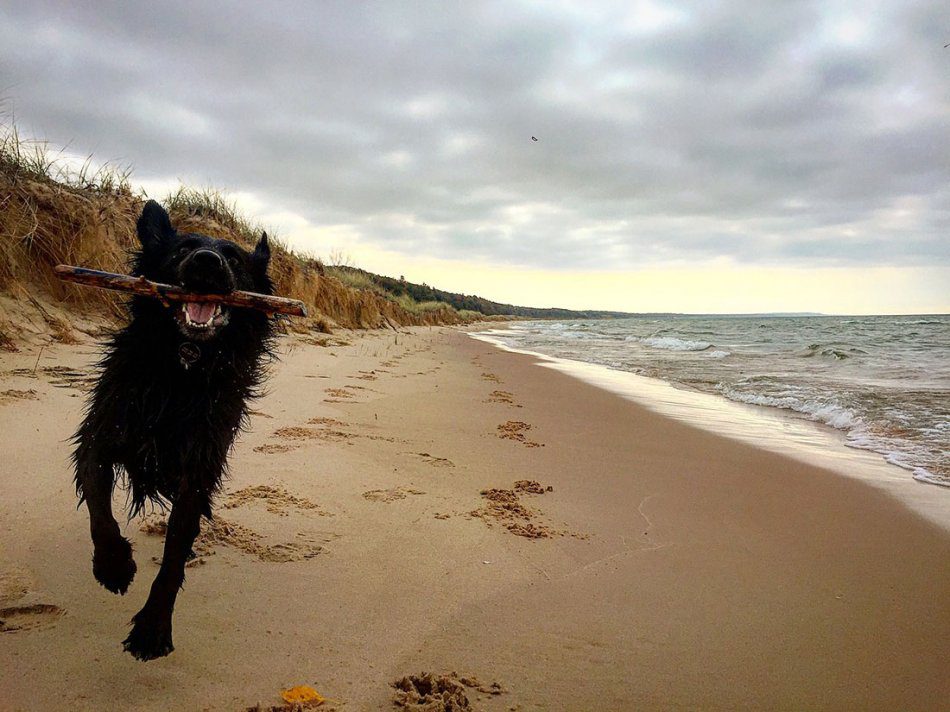



Strengthening the front limbs of the dog
- Push-ups. The dog is standing, and you lead him down with a treat, and then pull the treat along the floor away from the dog. That is, as a result, the dog stretches forward and down at an angle of approximately 45 degrees. The dog must not lie down. The elbow should go along the body, and the dog should sag on the chest. Push-ups should be short, amplitude, forelimbs should not be fully extended.
- “Hide.” The front paws of the dog are on a raised surface. And on the command “Hide” you start the dog’s muzzle between this surface and the body of the dog, while the paws remain elevated. The dog should sag on the forelegs and, as it were, plunge down.
- Bow. Many dogs, even those trained to bow, are unable to maintain this position and fall on their hind legs. And it is necessary to fix the dog in this position.
- Pull up. The dog is standing, and with the help of a treat we pull it vertically upwards so that a straight line runs perpendicular to the floor from the nose along the neck, chest and forelimbs. In this case, the dog should bite out the treat, working the jaw and working out the back.
- “Stream”.
- Alternately giving paws from a prone position. The dog should lift the elbow off the floor, which means that the shoulder should be worked out well.
Strengthening the dog’s spine
- Pulls at 3 points on unstable surfaces. The dog is standing on something unstable with all 4 limbs, and you stretch it a little with a treat at 3 points: at an angle of 45 degrees up parallel to the floor at an angle of 45 degrees down.
ایمنی ورزش
- No slippery surfaces.
- Understanding the temperature regime of the environment. Of course, if it is too hot outside, you should not do any exercises so as not to disrupt the dog’s thermoregulation.
- Monitoring the condition of the dog. For example, a person may be unaware that a dog’s disease is progressing and continue to neglect the health of its joints until an acute attack of pain occurs.
